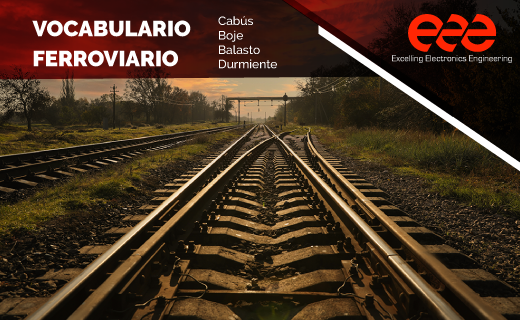Every profession has its own jargon which, in the eyes of those new to the sector or those outside it, can cause confusion or even curiosity. The railway sector is no exception. The sector has a lot of its own terms.
Glossary of common railway terms
Some curious and specific railway terms that often pique the curiosity of outsiders include:
- Secondary track: This is an auxiliary rail or a secondary track in a station or a railway depot.
- Bogie: A steel or concrete post that holds the rails in place, thus helping to maintain correct track alignment.
- Ballast: Material used to insulate and support the rails on the railway track.
- Brake van: The train coach behind the front coach.
- Bucket: A hook or lifting device that is used to lift and move train coaches.
- Dead end: A secondary rail or track in a railway station that is not used for regular train traffic.
- Siding: connection between the main and secondary rails in a railway station allowing trains to change rails.
- Escape track: a track in a railway station that is used to stop trains in case of emergency.
- Crossover: structure consisting of two parallel rails used to connect two different tracks in a railway station.
- Signal box: box containing railway signals and other control equipment which is used to regulate train traffic.
These are just a few examples of the many specific terms used in railway language. Knowing and understanding these terms is essential for all those working in the railway sector, as it helps to ensure safety and efficiency in train transport.










